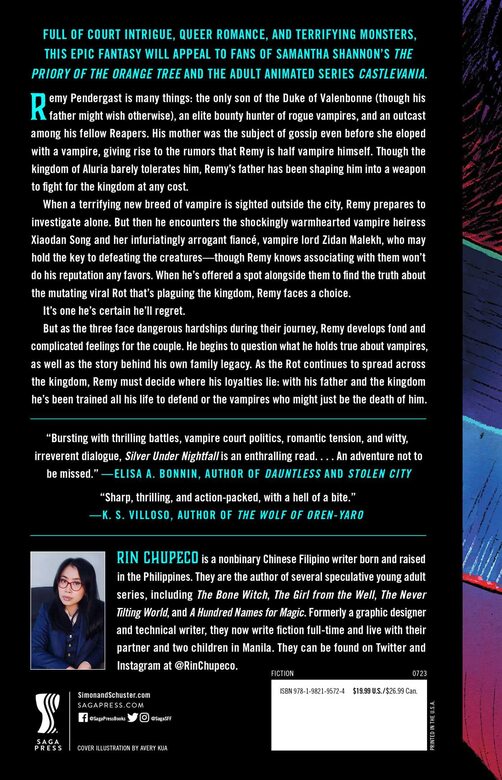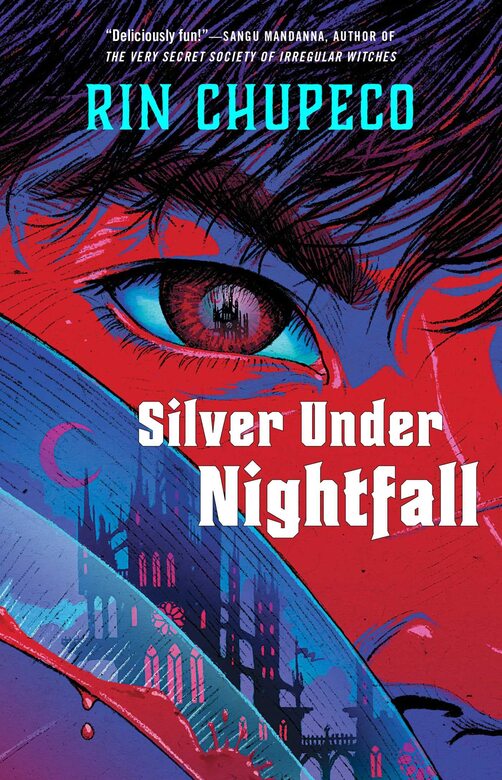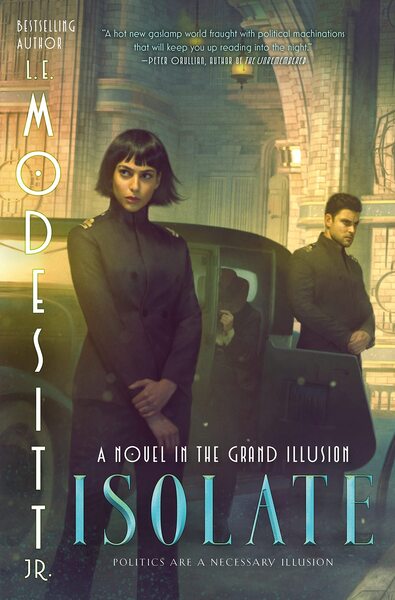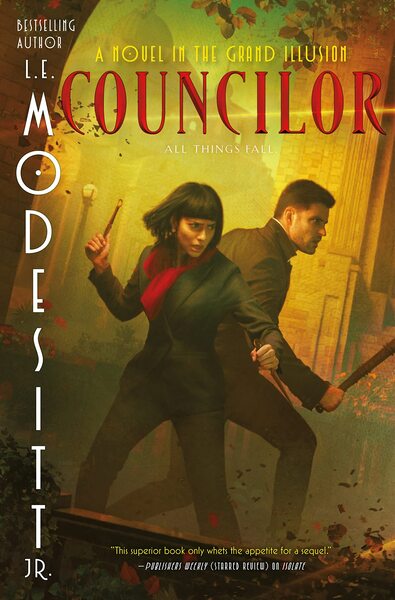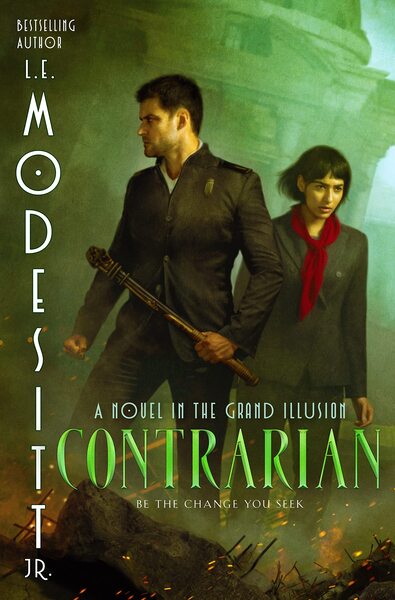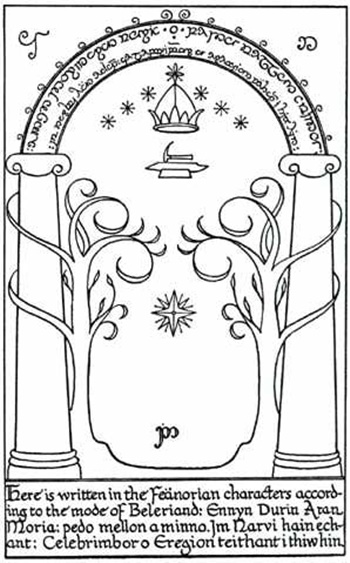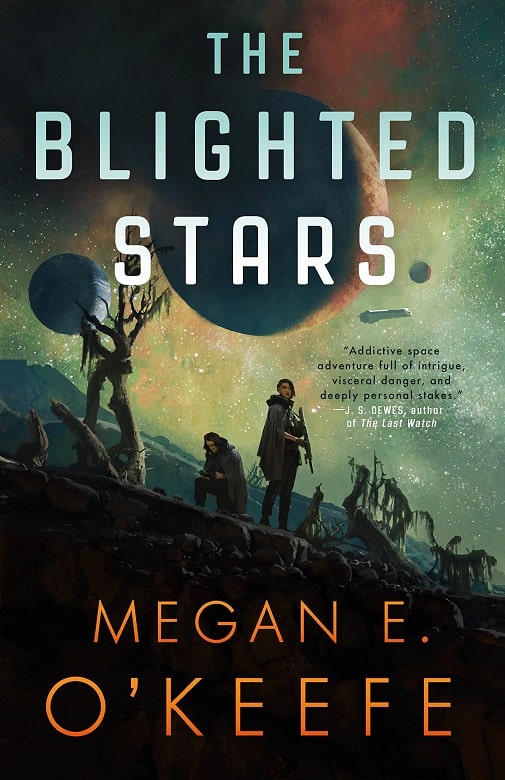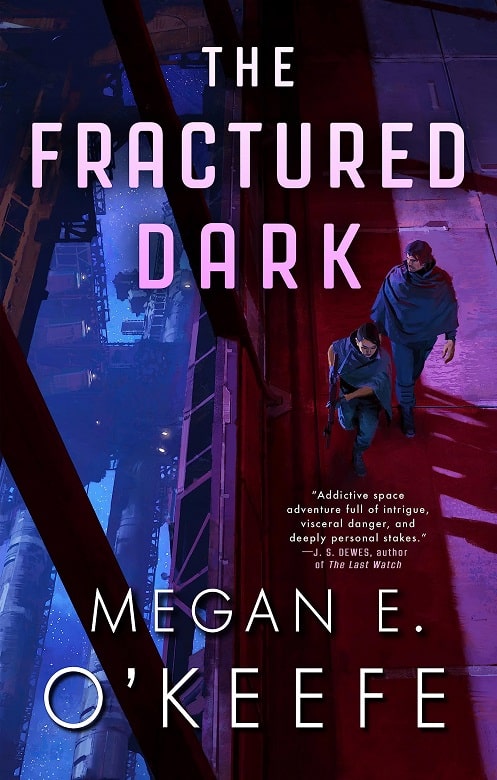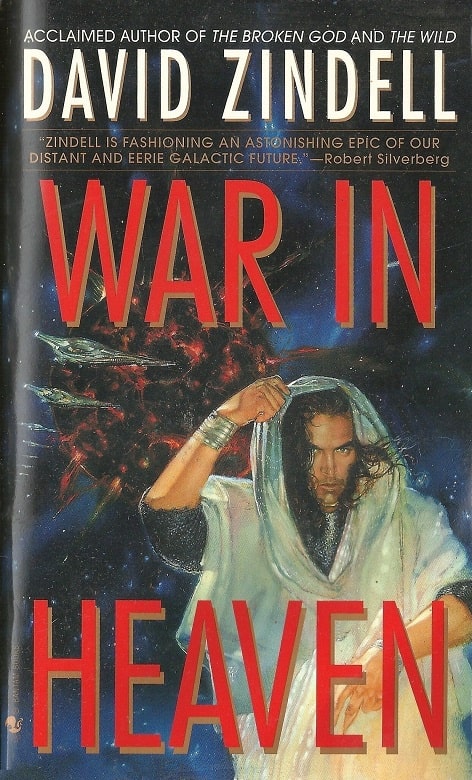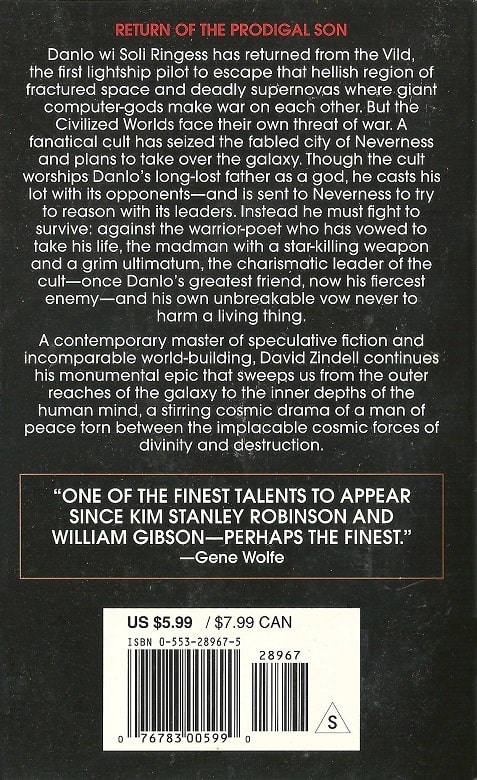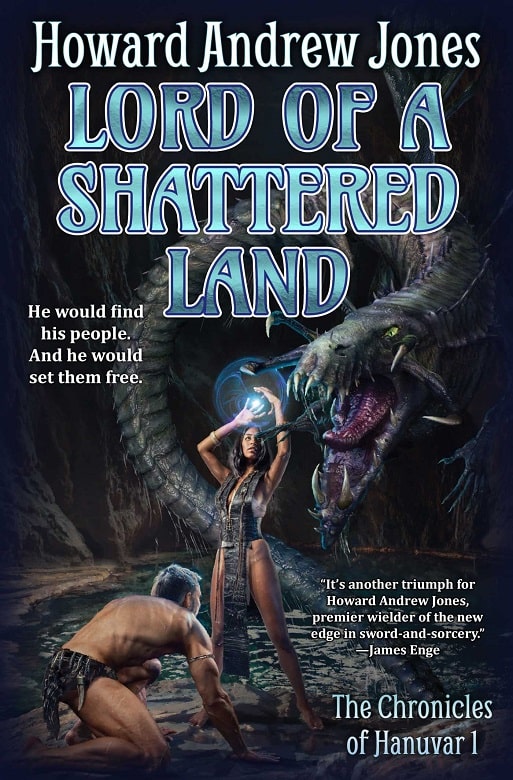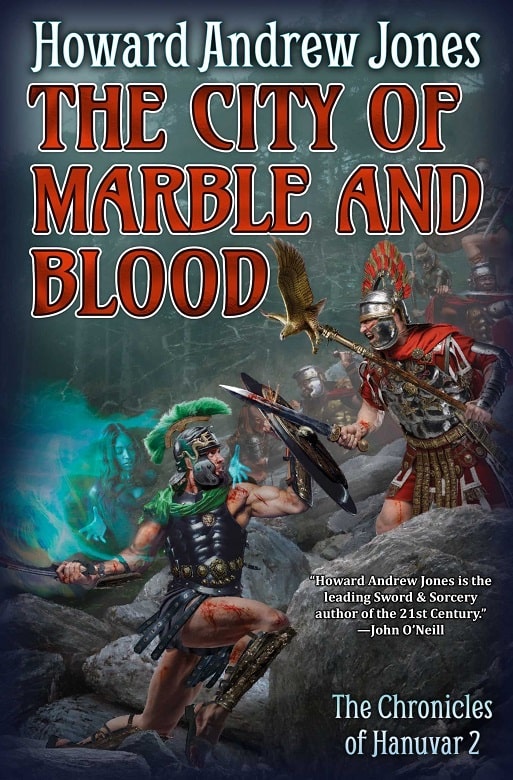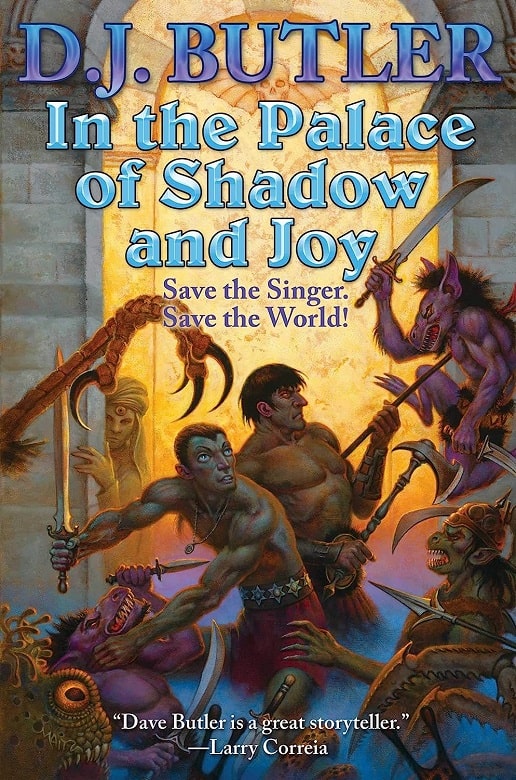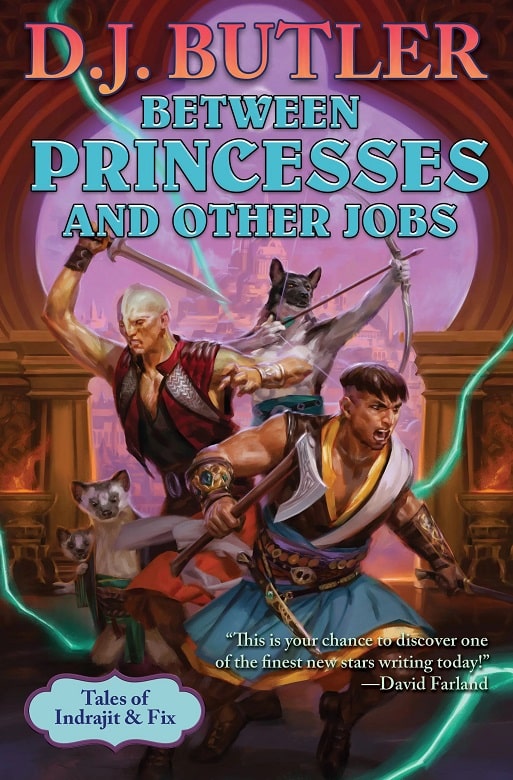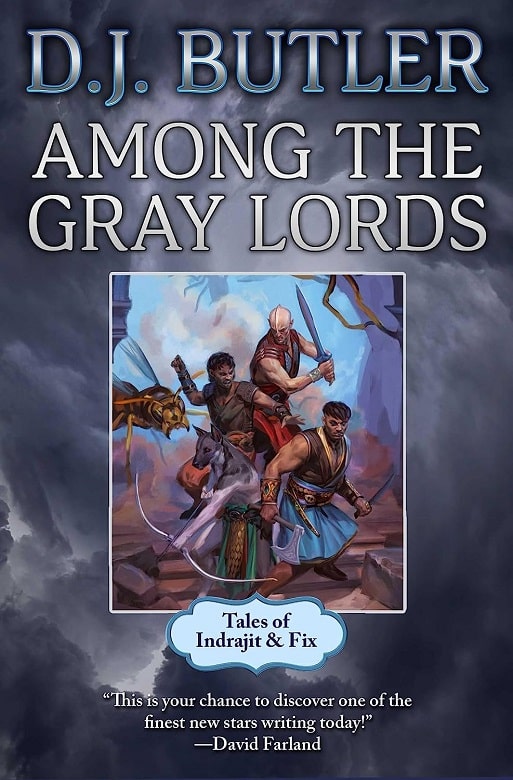One of the Best Swordfights in Fantasy: Dray Prescot 20: A Sword for Kregen by Alan Burt Akers
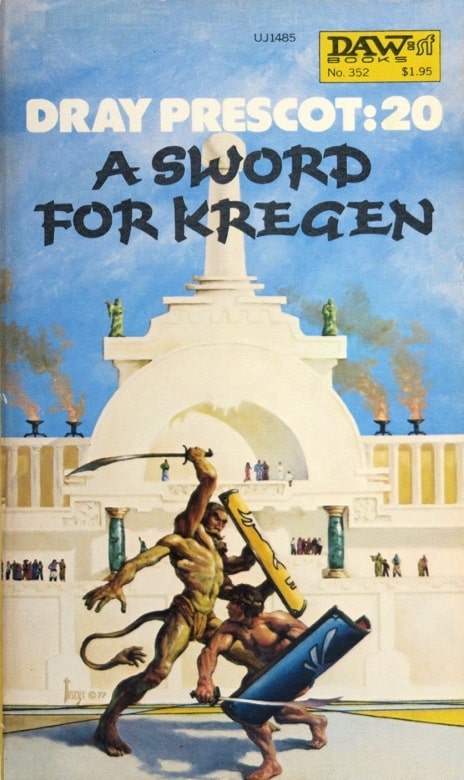 |
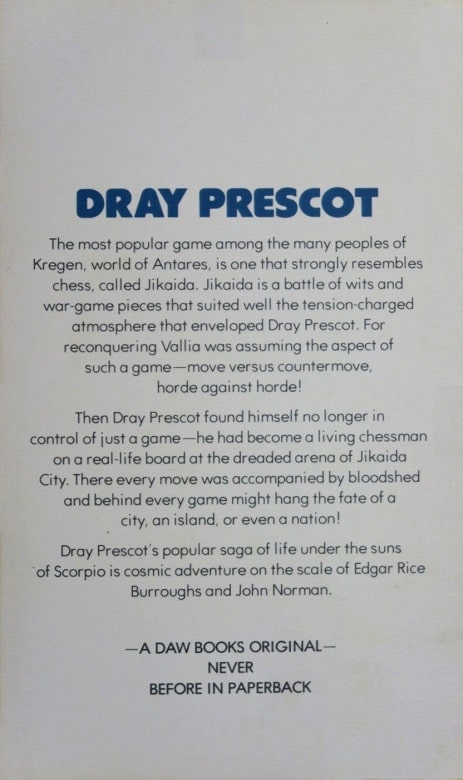 |
Dray Prescot 20: A Sword for Kregen (DAW Books, August 1979). Cover by Richard Hescox
About 1979, while in college at Arkansas Tech University, I visited a local used bookstore and found a copy of A Sword for Kregen.
The great cover, drawn by Richard Hescox (who I got a chance to meet), had what looked like a human locked in a sword fight with a creature with four arms and a tail with a hand on it. The four arms immediately reminded me of the Tharks of Barsoom. No way I was leaving the store without that book. It only cost me $1.17. (The price is still written on the cover.)
The book proved to be Sword & Planet and had one of the best swordfights I’d ever read. And, the human hero turned out ‘not’ to be the best swordsman in the fight. I’d never imagined such a thing from reading Edgar Rice Burrough’s Barsoom books and the works of Gardner Fox and others. I fell in love. And best of all, the cover said this was #20 of a series! I had a lot more good reading ahead of me, and I didn’t know the half of it.
